Chandrayaan-3 mission: Which tech captured ejecta halo phenomenon?
Chandrayaan-3 lander created a massive ring-like crate at the landing spot which is being called “ejecta halo.” which tech captured the phenomenon.
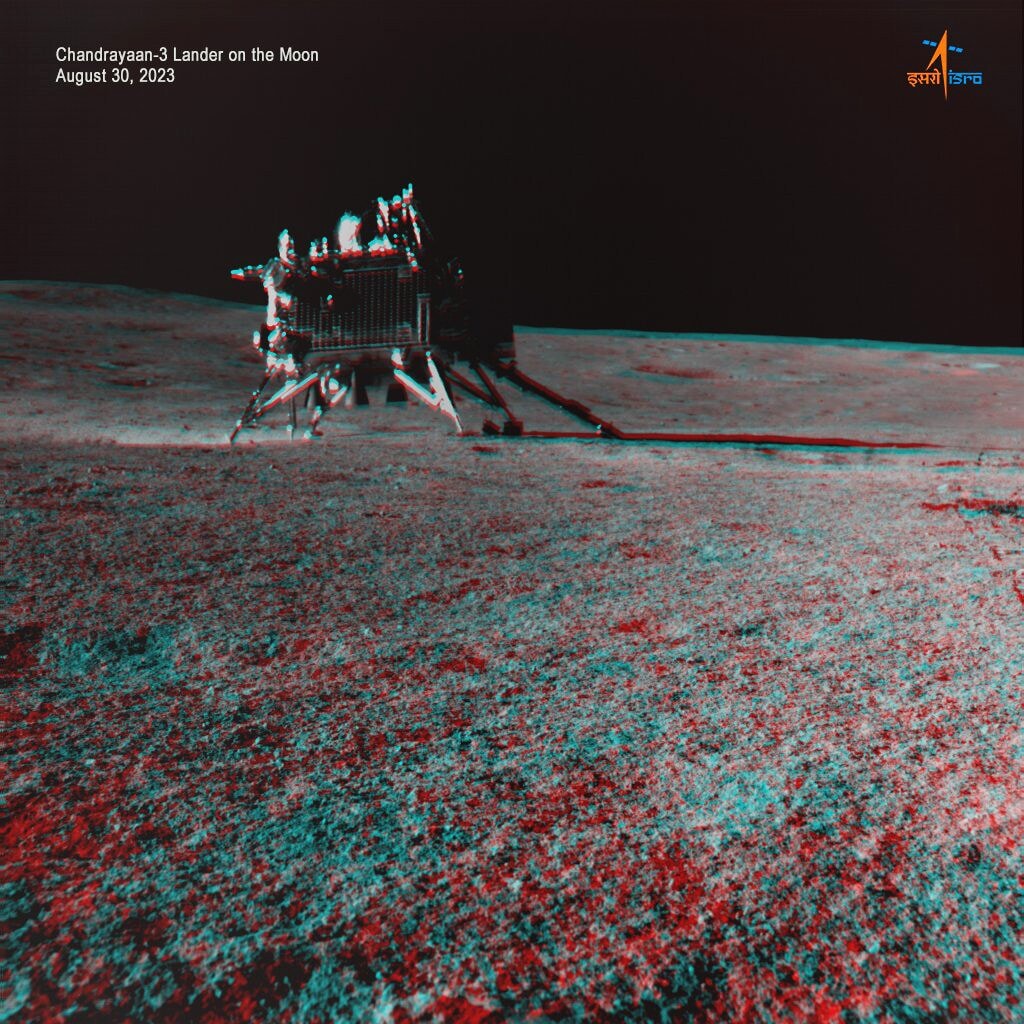
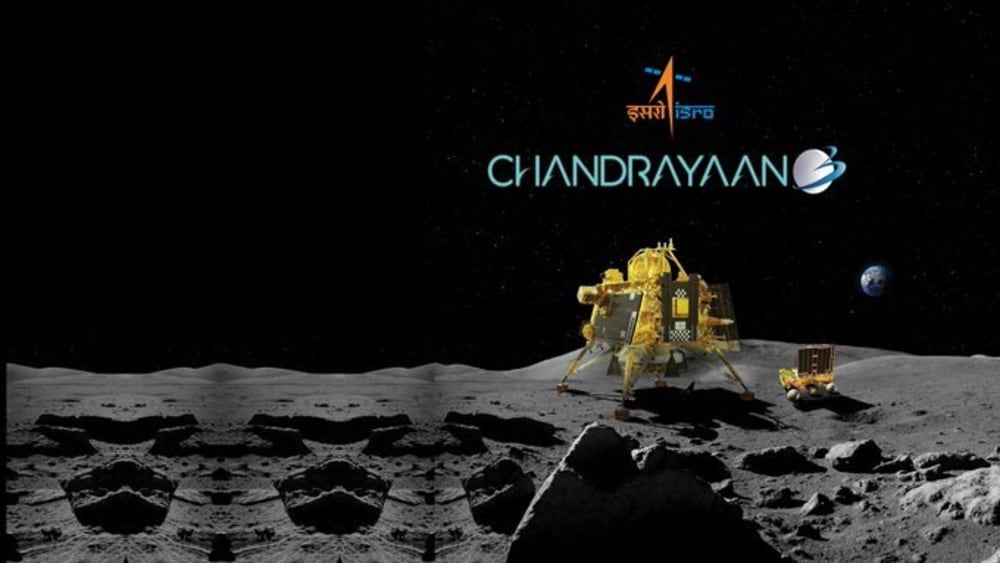
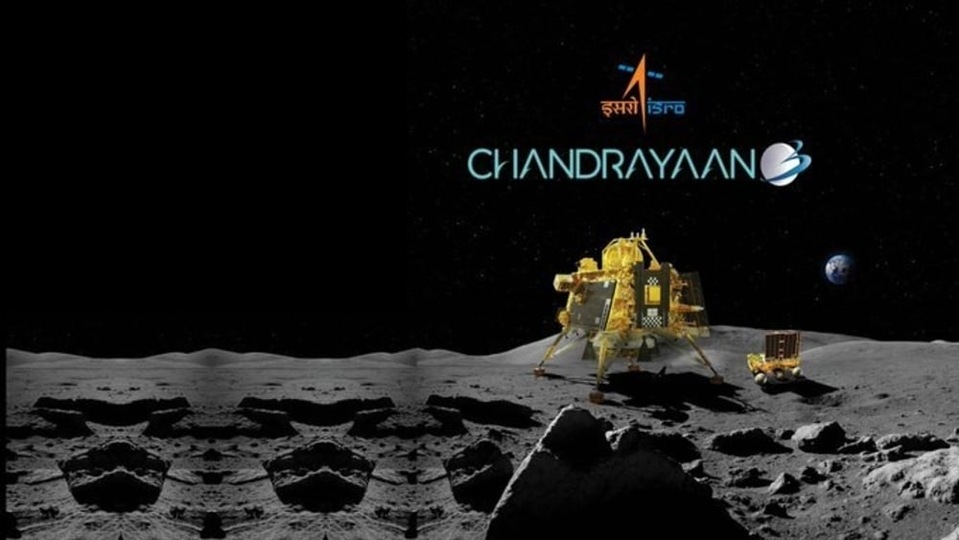

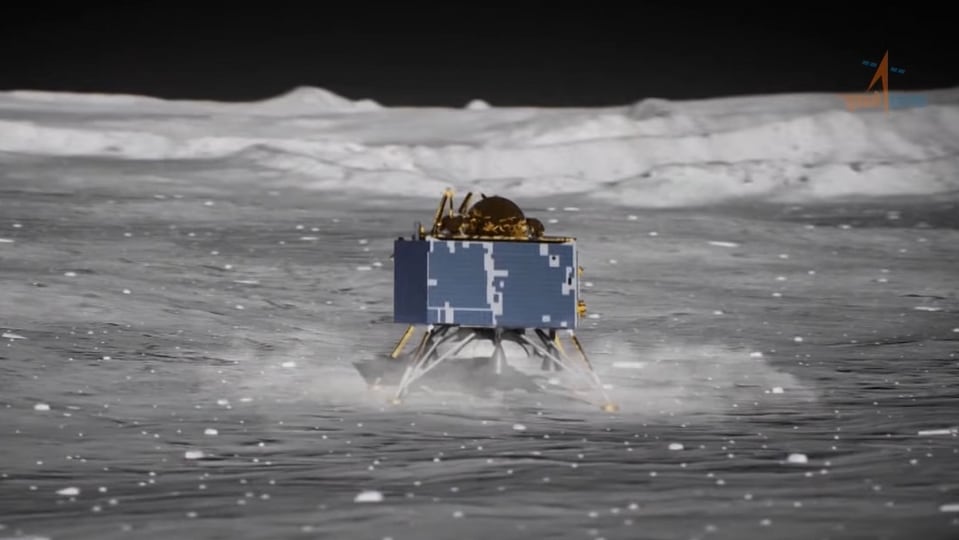
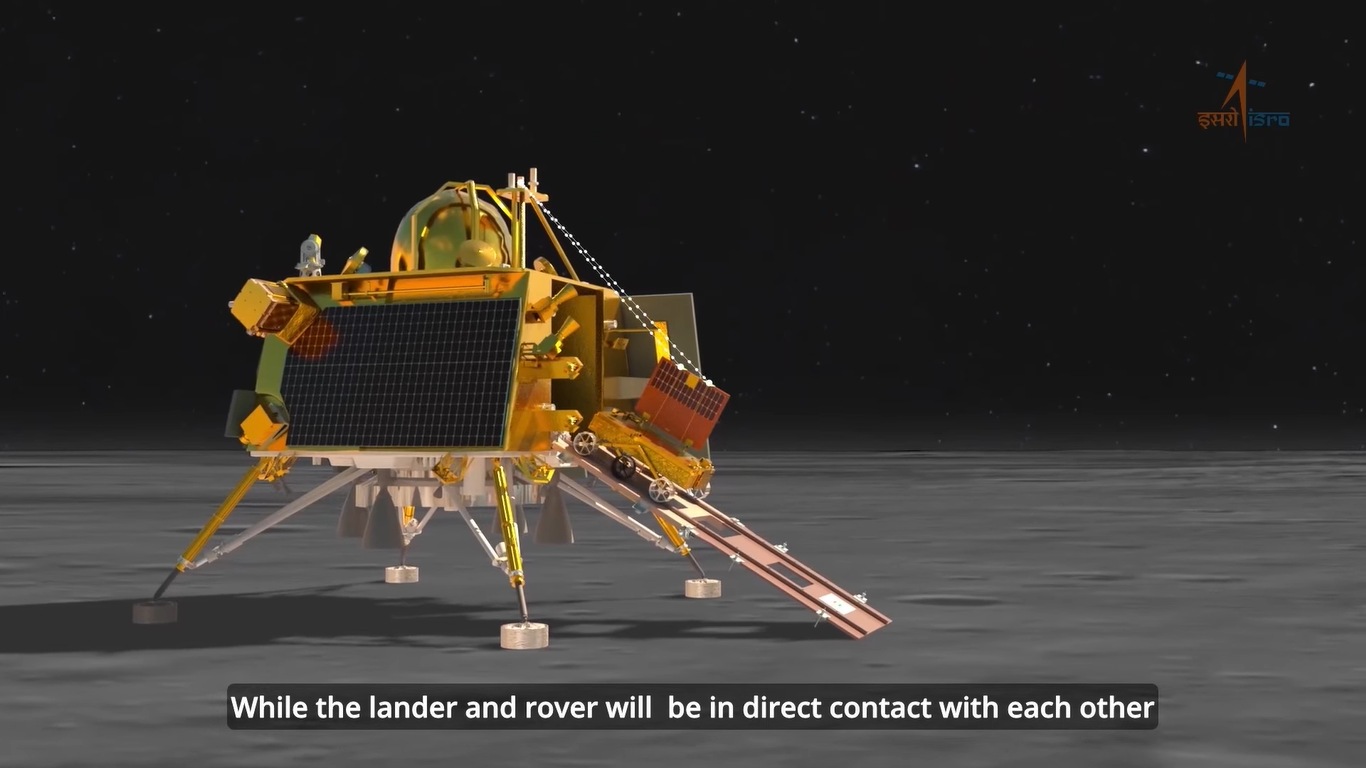

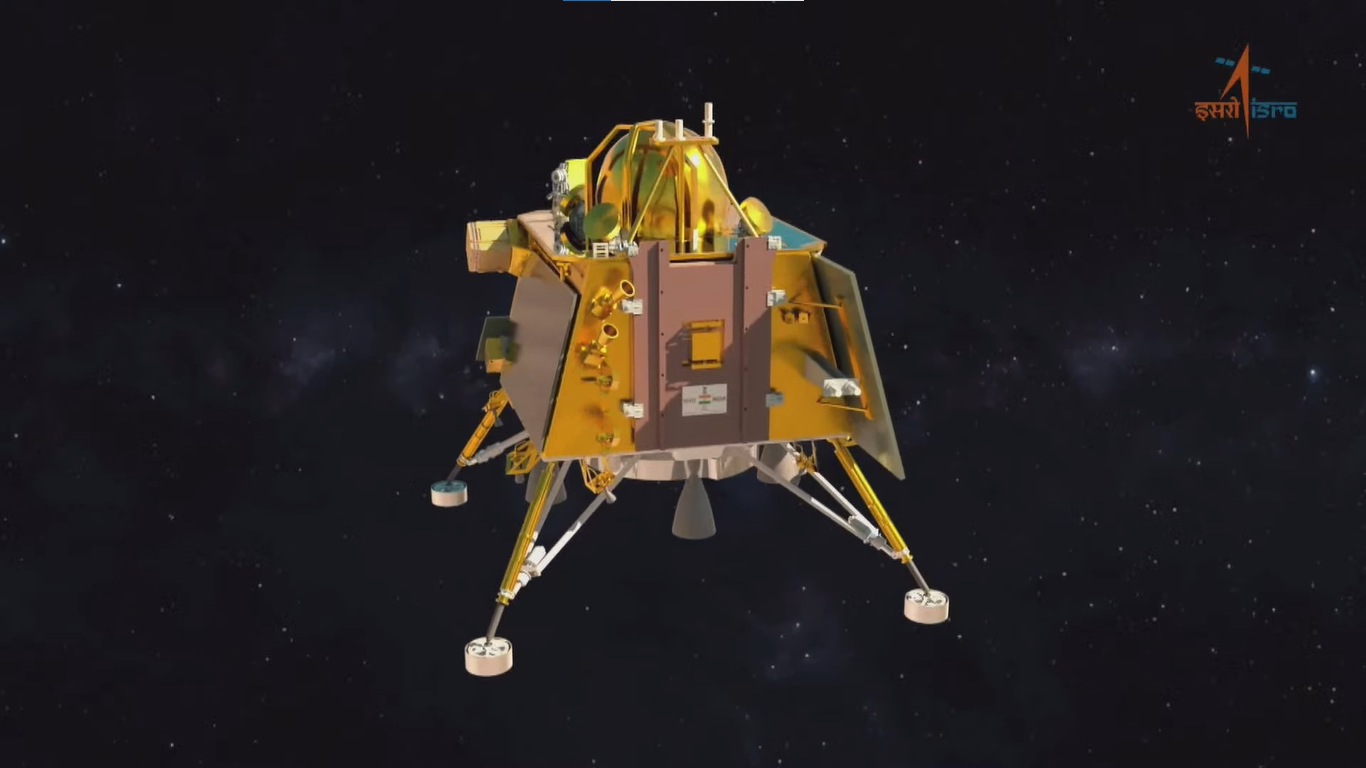
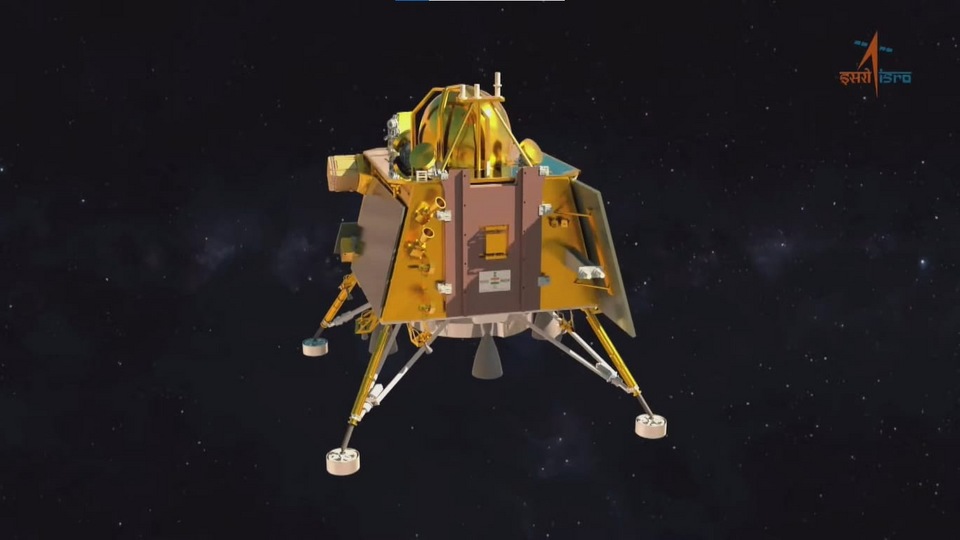
First Published Date: 02 Nov, 09:10 IST
NEXT ARTICLE BEGINS

































